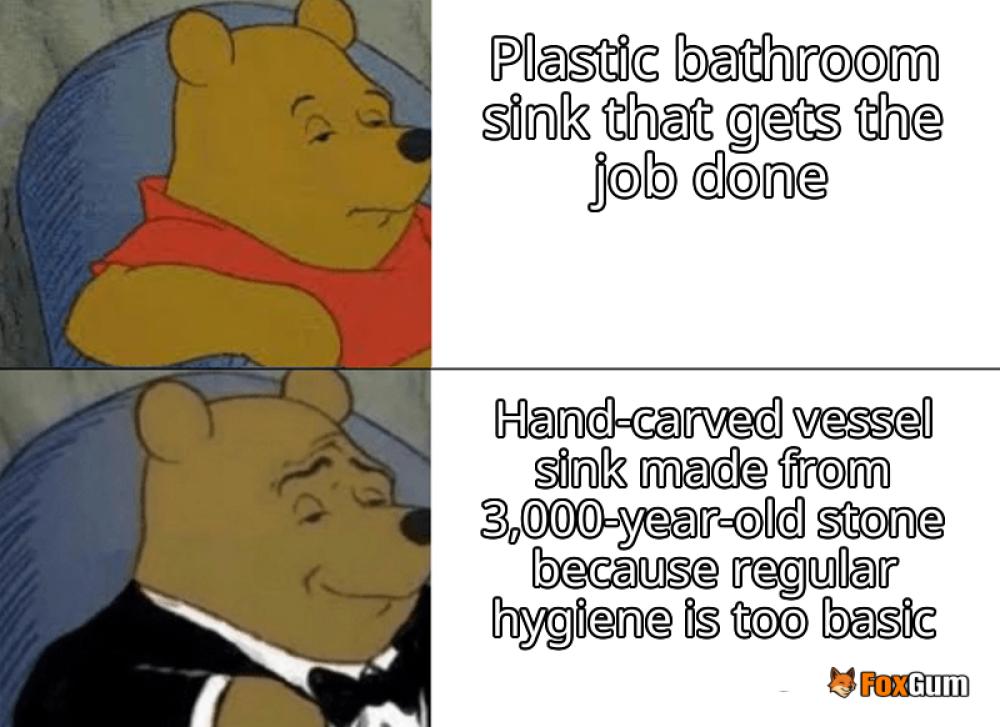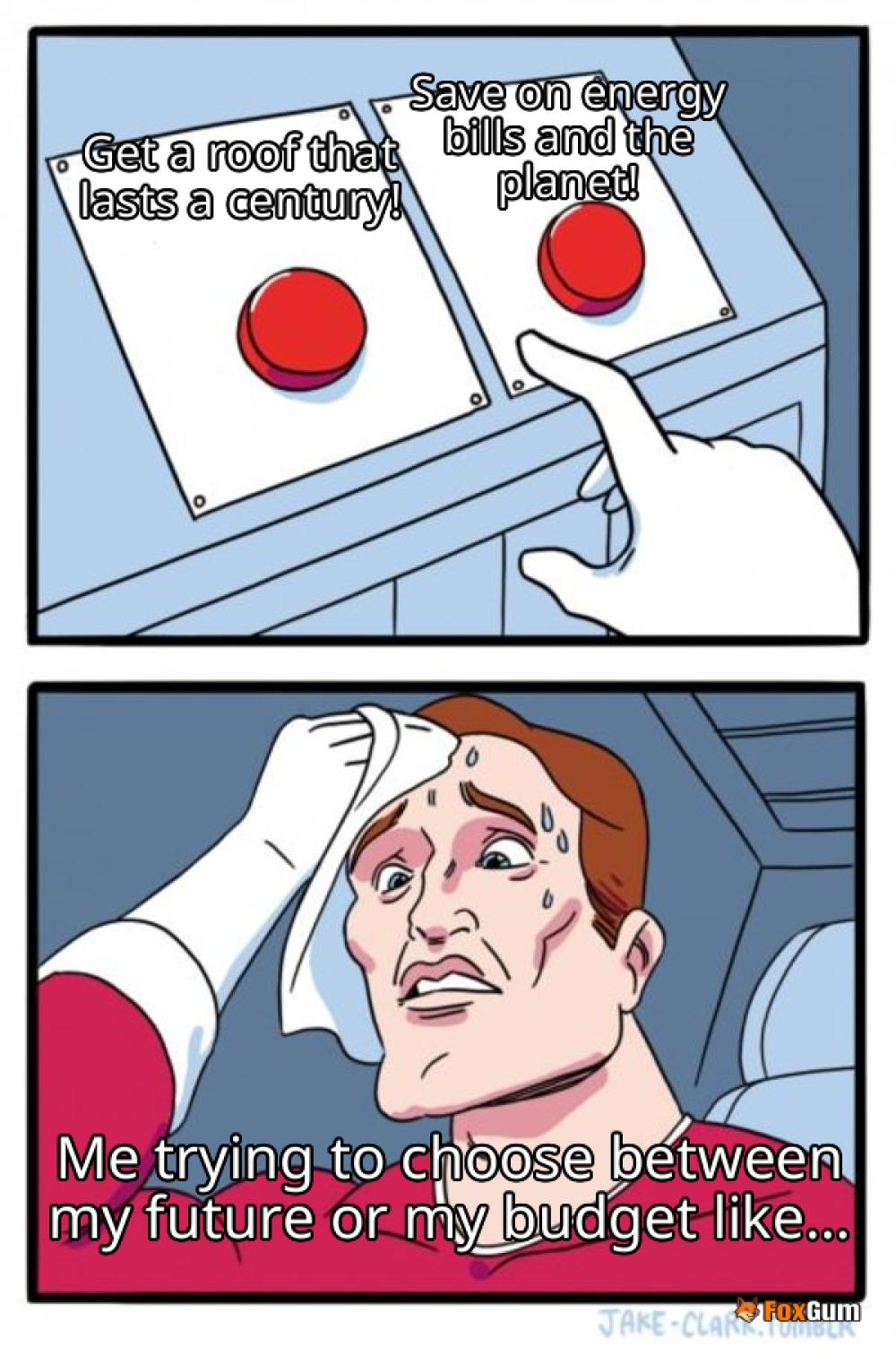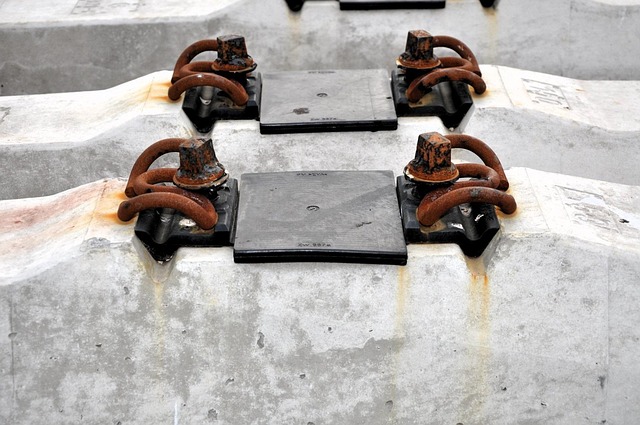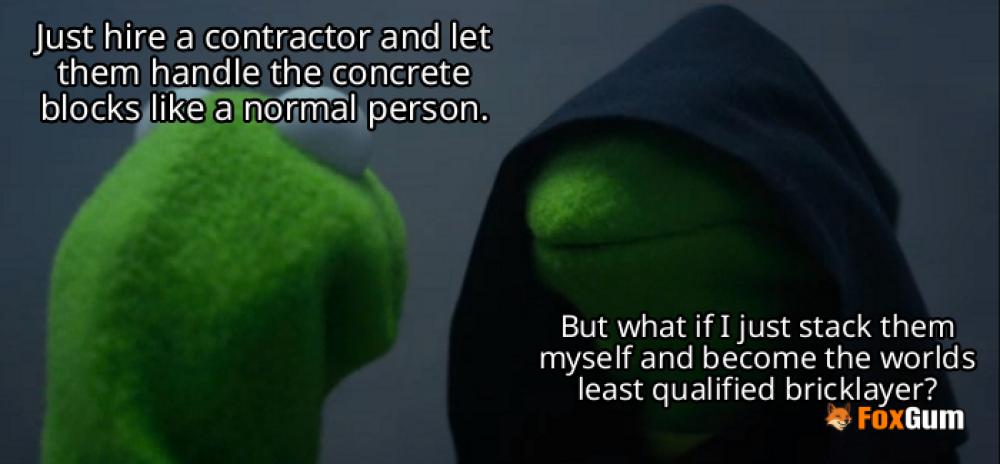
What Are Modular Homes?
In the world of real estate, modular homes are like that friend who shows up to the party with a homemade cake—unexpected, but a welcome surprise. These homes are built in sections, or modules, in a factory and then transported to the site for assembly. Unlike traditional homes, which are constructed entirely on-site, modular homes can be put together in a fraction of the time, which is great news for those of us who can't wait to decorate our living rooms.
Why Choose Modular Homes?
There are several reasons why modular homes are gaining popularity faster than a cat video goes viral:
- Cost-Effective: Modular homes are generally less expensive to build than traditional homes. This is partly due to reduced labor costs and streamlined manufacturing processes. So, if you’re looking to save some cash while still getting a stylish abode, this could be your ticket.
- Time-Saving: Assembling a modular home can take as little as a few weeks, compared to months for traditional construction. You can go from “just a plot of land” to “look at my fabulous new home” in no time!
- Eco-Friendly: Many modular homes are built with sustainable materials and energy-efficient designs. You can brag about your carbon footprint while sipping organic tea on your eco-friendly porch.
- Customization: Modular homes come with a variety of floor plans and designs. Want a ranch style with a wraparound porch? Or maybe a contemporary loft? The options are nearly endless, and you can even create a custom plan that fits your unique vision.
How Are Modular Homes Built?
The process of building a modular home is surprisingly straightforward, almost like assembling IKEA furniture—only with fewer missing screws. Here’s how it typically works:
- Design: Start with a plan. You can choose from pre-designed models or work with a builder to create a custom layout.
- Construction: The modules are built in a factory where quality control is easier to maintain. This also means they can be constructed regardless of the weather, which is a definite plus if you live in a place where rain is more common than sunlight.
- Transportation: Once the modules are complete, they’re transported to your site. Think of it as delivering a giant puzzle piece that just needs to be put together.
- Assembly: The modules are then assembled on-site, usually with a crane. This is where the magic happens, and your home starts to take shape.
Things to Consider
Before diving headfirst into the world of modular homes, keep a few things in mind:
- Land Requirements: You’ll need to own or purchase land to place your modular home. Not all plots are created equal, so do your homework!
- Financing: Some lenders may not be familiar with modular homes, so it’s important to find financing options that work for you. You might need to educate your bank about how awesome these homes are.
- Local Regulations: Check with local zoning laws and building codes. Some areas have specific requirements for modular homes that you need to be aware of.
Conclusion
Modular homes offer a practical, customizable, and often more affordable alternative to traditional housing. With their quick build times and eco-friendly options, it’s no wonder they’re becoming a popular choice for homebuyers. So, whether you're a first-time buyer or looking to downsize, consider giving modular homes a shot. After all, who wouldn’t want a stylish home that’s built faster than you can say “where’s my couch?” 🏡

















 Designers Circus: Where Fashion Meets Fun!
Designers Circus: Where Fashion Meets Fun! 
 Health
Health  Fitness
Fitness  Lifestyle
Lifestyle  Tech
Tech  Travel
Travel  Food
Food  Education
Education  Parenting
Parenting  Career & Work
Career & Work  Hobbies
Hobbies  Wellness
Wellness  Beauty
Beauty  Cars
Cars  Art
Art  Science
Science  Culture
Culture  Books
Books  Music
Music  Movies
Movies  Gaming
Gaming  Sports
Sports  Nature
Nature  Home & Garden
Home & Garden  Business & Finance
Business & Finance  Relationships
Relationships  Pets
Pets  Shopping
Shopping  Mindset & Inspiration
Mindset & Inspiration  Environment
Environment  Gadgets
Gadgets  Politics
Politics 